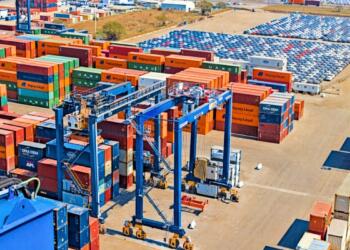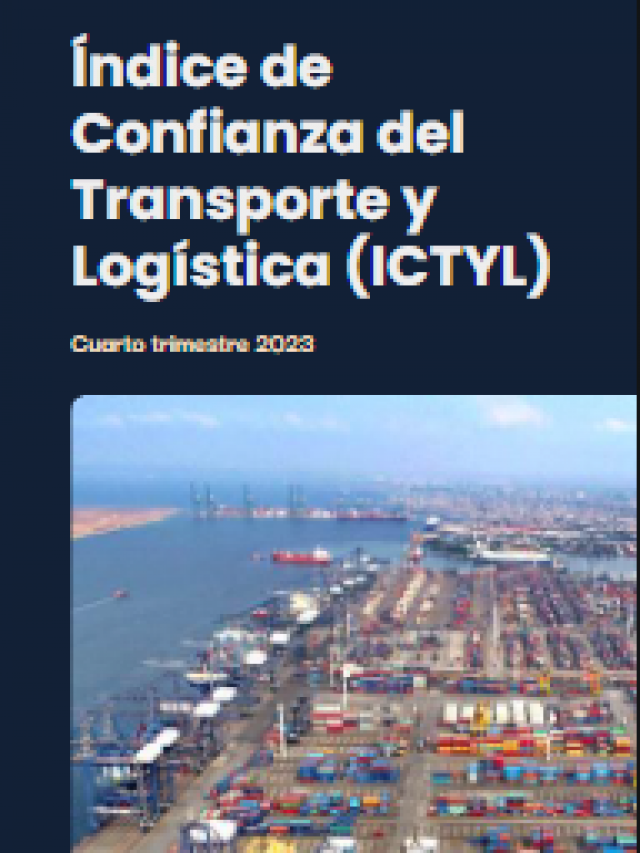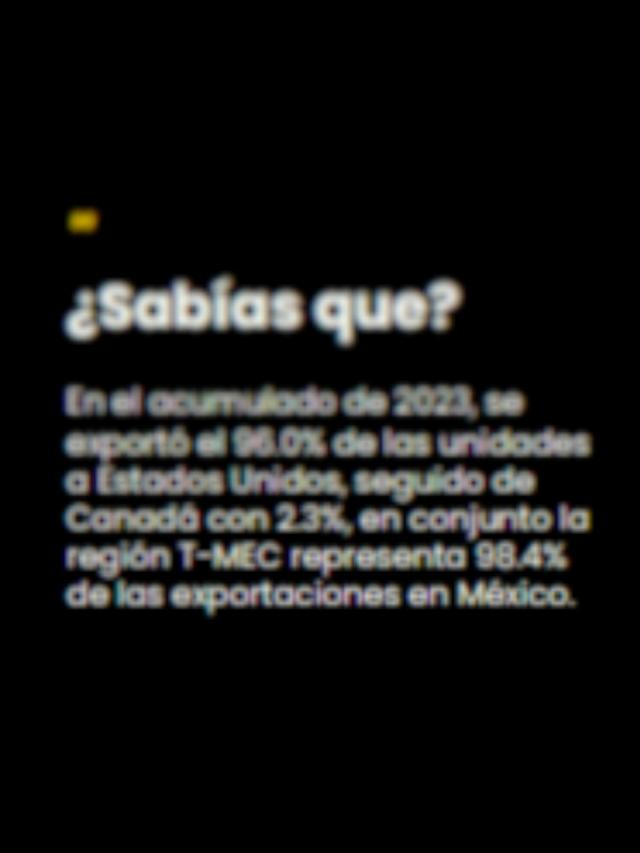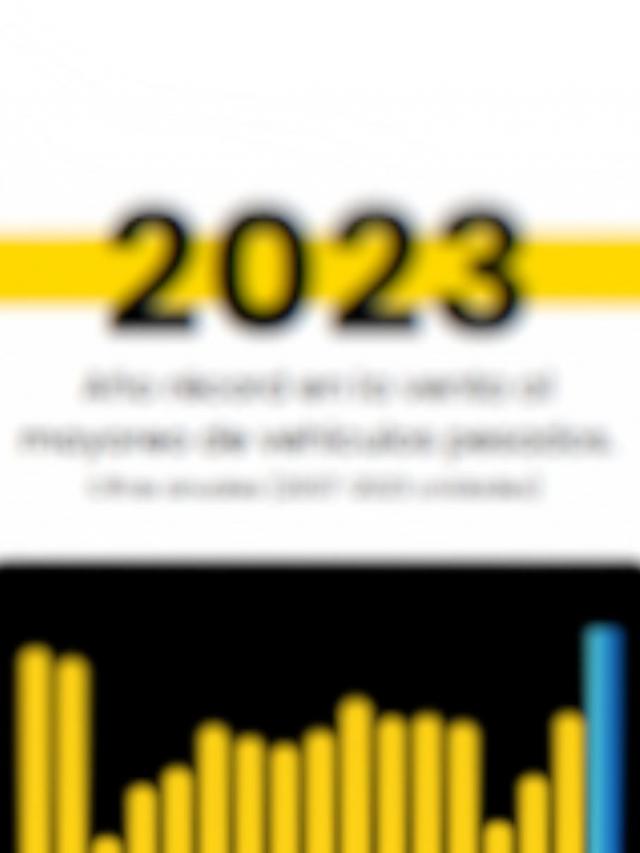
In a country like Mexico, where cargo theft and traffic accidents continue to grow, technological innovation can’t just be sophisticated: it must be empathetic and understand the terrain it’s treading on.
Therefore, it’s not just about cameras, sensors, or artificial intelligence , but about how these tools adapt to the complexities of the Mexican context.
In an interview with T21, Omar Camacho , general manager of Motive México , explained how the company’s platform has evolved to offer integrated solutions that respond to the most urgent needs of transportation in Mexico: asset security, accident prevention and increased productivity .
Camacho recalled that in the early days, the transportation industry often relied on isolated technologies: one for telemetry, another for document management, or fleet management.
However, this has been changing. Motive has been committed from the outset to integrating everything into a single platform based on artificial intelligence.
“The goal is to digitize the physical world; if you can see it completely, you can improve it. Many of the models we use were created in Mexico,” Camacho said.
A clear example is the development of algorithms that detect when a door is opened on a unit , combining that information with the route, destination, and identity of the person interacting with the cargo. This has made it possible to identify thefts in real time and prevent multi-million-dollar losses for clients in the retail and distribution sectors.
Camacho also addressed the country’s structural challenges. Although the platform operates robustly in both the United States and Mexico—including cross-border routes—the biggest obstacle in the Mexican market is insecurity.
“Ironically, it’s in these contexts that our technology can make a difference,” he said.
From detecting unusual behavior to generating automated alerts , Motive enables you to react to physical and financial risks faster.
For his part, Enrique Viana , Senior Director of Revenue Strategy and Operations at Motive Mexico, agreed that the real value lies in combining cutting-edge technology with local sensitivity .
A notable case is that of the company Mexitrans , which significantly reduced merchandise theft thanks to the platform’s video analysis and traceability capabilities.
Viana also highlighted the development of a fatigue detection model that’s more accurate than the American one, designed specifically for the working conditions of Mexican operators.
Both executives agreed that the digital transformation of transportation is not just a matter of technology, but of cultural change.
“It’s not about viewing these systems as a cost, but rather as an investment that returns value in the short term,” Camacho noted.
According to Viana, the challenge is to involve the entire organization , from operators to directors, in the intelligent use of data.
Motive seeks to expand its impact by using artificial intelligence to automate operational reporting, facilitate real-time logistics decisions, and strengthen its anti-theft tools, including door sensors, signal jammers, and remote unit immobilization.
“Technology without human sensitivity doesn’t work,” Viana stressed.
Comment and follow us on X: @jenna_GH_/ @GrupoT21















